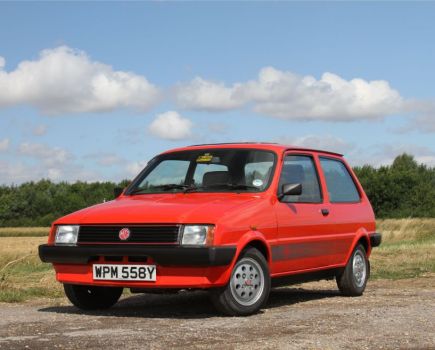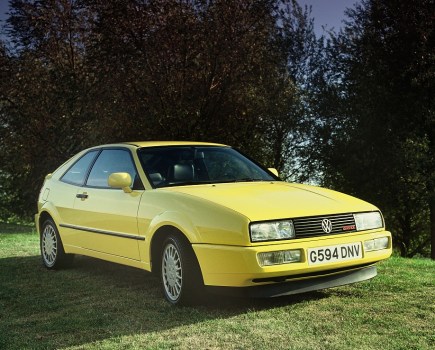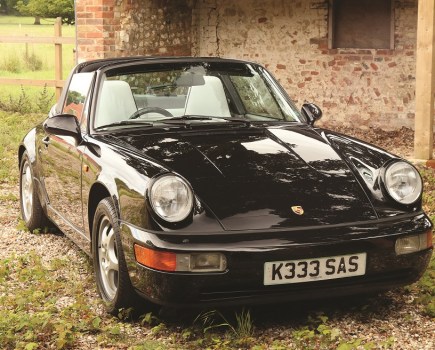Are Nineties Jags coming of age? We take a look at the changing prices of two Jaguar X300 cars and two Jaguar X308 cars; the X300 Sport, the X300 XJR, the X308 3.2/4.0 and X308 XJR.
Jaguar X300 Sport/Sovereign
A decade ago, you couldn’t give the Jaguar X300 away. Even the supercharged 322bhp XJR model was a sub-£2,000 high-performance smoker rather than a cherished classic.
But Jaguars do this – and the X300 has evolved like every big Jaguar saloon before it, from a veritable used car bargain, to a rough-edged banger beloved of pub landlords and lower-division football managers, to become classy and desirable once again.

The evolution occurs because – put simply – the rough ones fall by the wayside and the good ones start to shine. An enthusiast-maintained Jaguar X300 in standard condition that has been well-loved is now very good news indeed. Even as recently as 2012 or 2013, you could get your hands on a good one for under a grand, but today you’ll need £2k for a presentable 3.2 Sport or a smidge more for the plusher Sovereign or Executive models. And for that you’ll get something capable of providing use and enjoyment.
But for a really nice car these days, you’ll need £5,000. And that’s a recent development. The very best cars, with impeccable pedigree and low mileages, are advertised by dealers at over £10,000 and from what we’ve been hearing, they’re fetching their asking price. The rarer Daimler and V12 models are now pushing their premium up to as much as double the comparable XJ6 models. The truly exceptional ones are standing out already – and it’s a trend that’s only going one way.

Jaguar X300 XJR
From bank robbers’ favourite to an alternative to a bank account, a nice Jaguar X300 XJR is one of the most appealing and enjoyable savings accounts you can have when interest rates are at an all-time low. After all, what’s the point of having cash doing nothing in the bank when it could be sitting in one of the fastest-appreciating classics of the moment that also just so happens to be an amazing car to drive? The good ones are already over £10k, five times where they were at the start of the last decade. And they’re worth every penny.
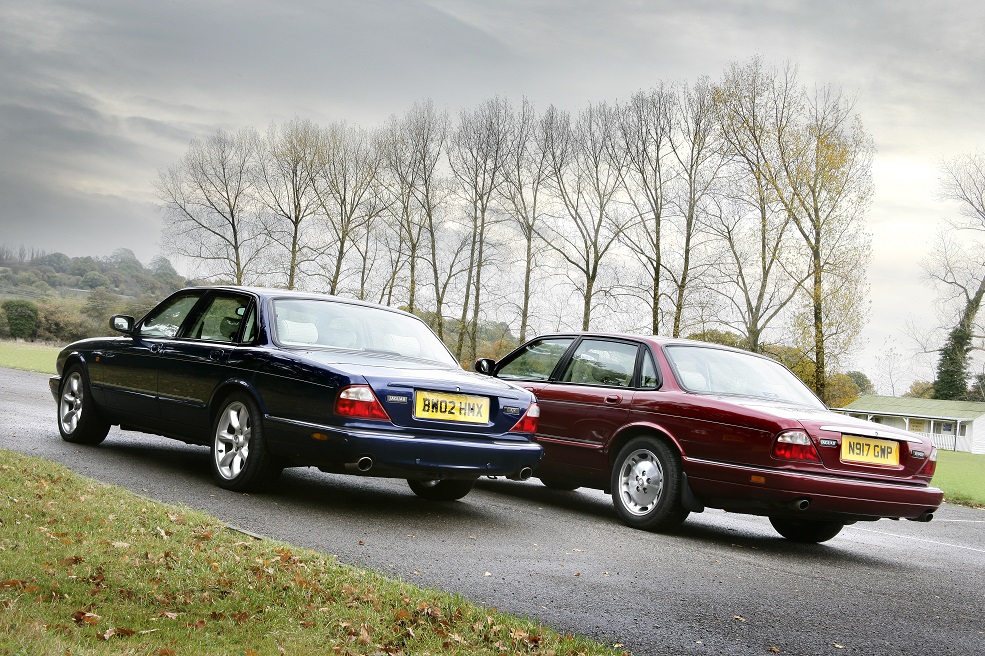
Jaguar X308 3.2/4.0
Despite the V8 sounding more impressive on paper, the Jaguar X308 is still a little behind the X300 in terms of values. This is partly because the old-fashioned XJ40 cabin and straight-six engines are just a bit more traditionally ‘Jaguar’ than the first full Ford-influenced XJ, even if the 1997-on V8 models are the car that Ford wanted to launch in the first place when the X300 appeared in 1994.
The cabins feel a little less special, and early reliability concerns over the V8 engines (now long since dealt with) leave the X308 lagging slightly behind in terms of desirability, though prices are now starting to edge up as, like the X300, it goes from ‘saggy old Jag’ to collectable classic. Find a really nice one and you’ll still need £7000-£8000; a lot more than you’d have needed five years ago. And while you can still get a potentially usable car for the £1,500 mark, what used to be the most prevalent sector of the X308 market is now the minority, with most sub-£1,000 cars being snapped up by specialist breakers to keep others on the road.
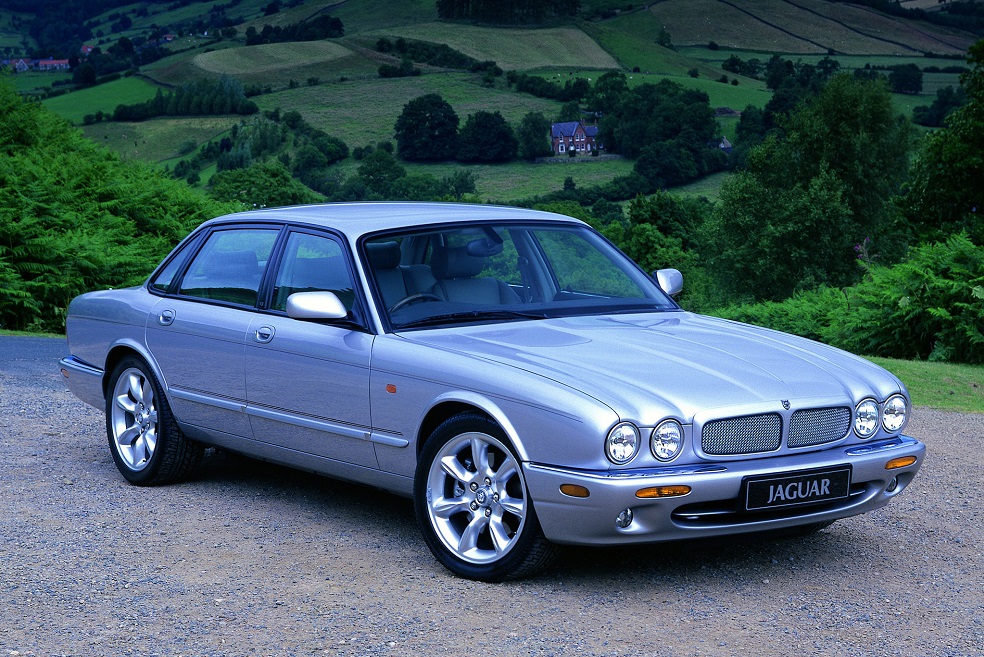
Jaguar X308 XJR
The Jaguar X308 that bucks the trend is the XJR, which was a collectible model from the outset, having been market by Jaguar as something a little bit more special than the six-cylinder XJR it replaced. The 400bhp under the bonnet helped no end, too.
It sold in smaller numbers, to more discerning buyers, and as such it retained its value far better throughout its life, with most of them being enthusiast-owned and specialist maintained. It’s not uncommon to find an immaculate, unrestored car for around £20,000 and you’ll struggle to even find a rough one for less than £5,000, making a half-decent XJR a very sound investment right now.



